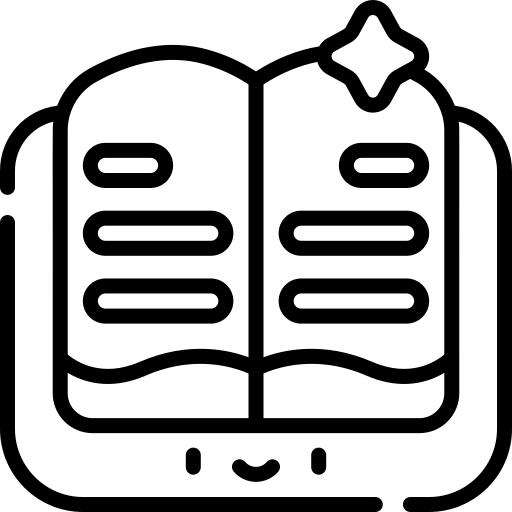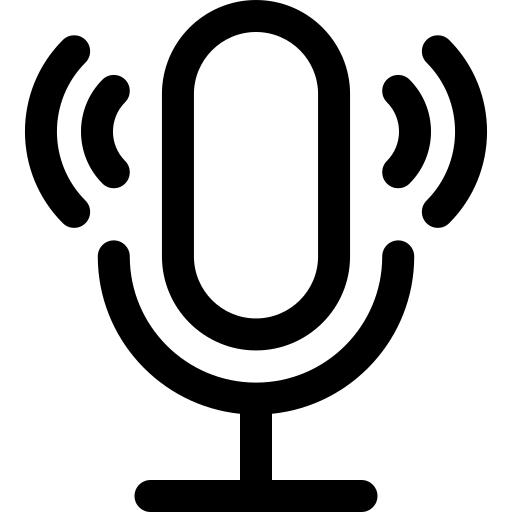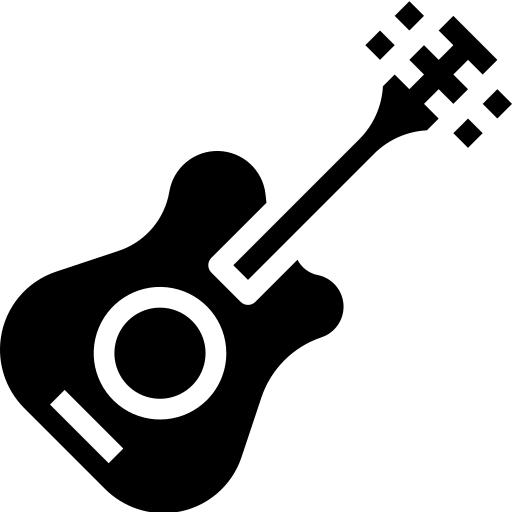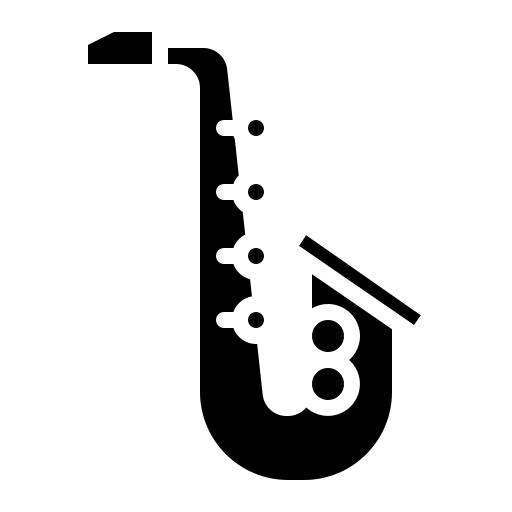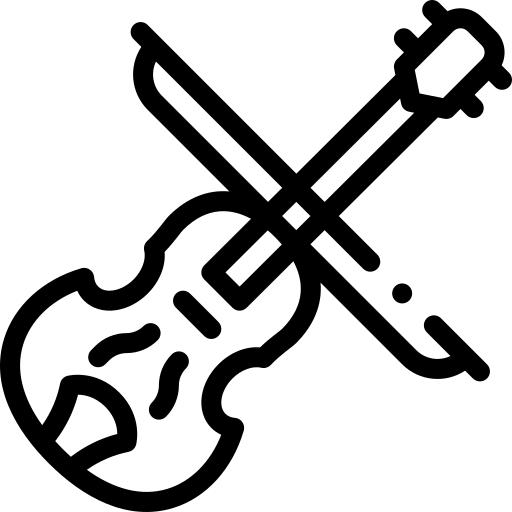IN-HOME MUSIC LESSONS IN NYC/MUSICOLOR METHOD- GLOBAL
History of Musicolor Method NYC
Innovative NYC method combining colors and music to engage children, simplify learning, and build confidence and creativity.
How this all started
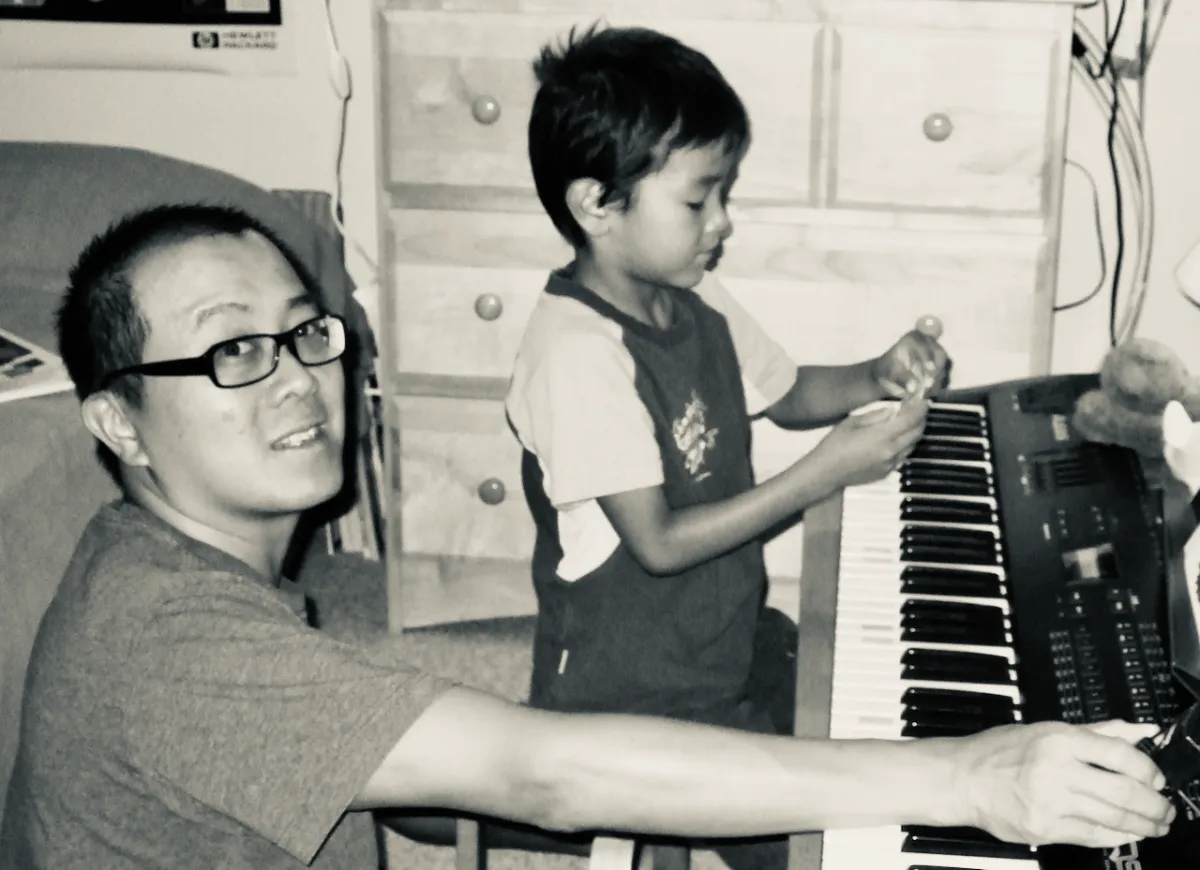
Andrew Ingkavet with his son, Alejandro (at 5 years old)
Hi, I’m Andrew!
A Brooklyn Dad who’s thought a lot about helping children find their unique gift, or what I like to call, “their thing.”
I discovered music can be a great path for personal development and discovery, even if they never become a professional musician. And there’s now tons of studies proving the brain development benefits of learning an instrument.
But how did I get here? It’s the early 2000s and my son Alejandro is in preschool. It’s a lovely school and yet, I can’t leave the classroom. Alejandro has deep attachment issues. He is so terrified that I have to sit in the corner of the class.
I’m so frustrated. There’s so many things I can be doing right now!
But I’m also deeply worried. How can my son fly on his own? He can’t let go...
The Struggle
It was the early 2000s. Alejandro was in preschool, and I often had to stay in the classroom because of his deep attachment issues. He was terrified for me to leave.
I felt frustrated—I had so much I wanted to do! But even more than that, I was worried. How would my son ever learn to fly on his own?
We tried everything: soccer, baseball, karate, and art classes. Nothing really clicked.
Then, Alejandro began asking for music lessons.
“Wow," I thought. "Looks like the music gene runs strong!”
I was a musician and composer, but I had never wanted to force my passion onto him. My own childhood with tiger parents had left me cautious.
So I said, “Okay, I’ll find you a local teacher.”
But to my amazement, no one would take him. Every teacher told me, “Come back when he’s seven or eight.”
That was insane. Alejandro was born singing. He was musical through and through. Why should he have to wait years?
So I turned to him and said, “Alejandro, I’ll teach you music. We’ll start with piano.”
His eyes lit up. “Now?”
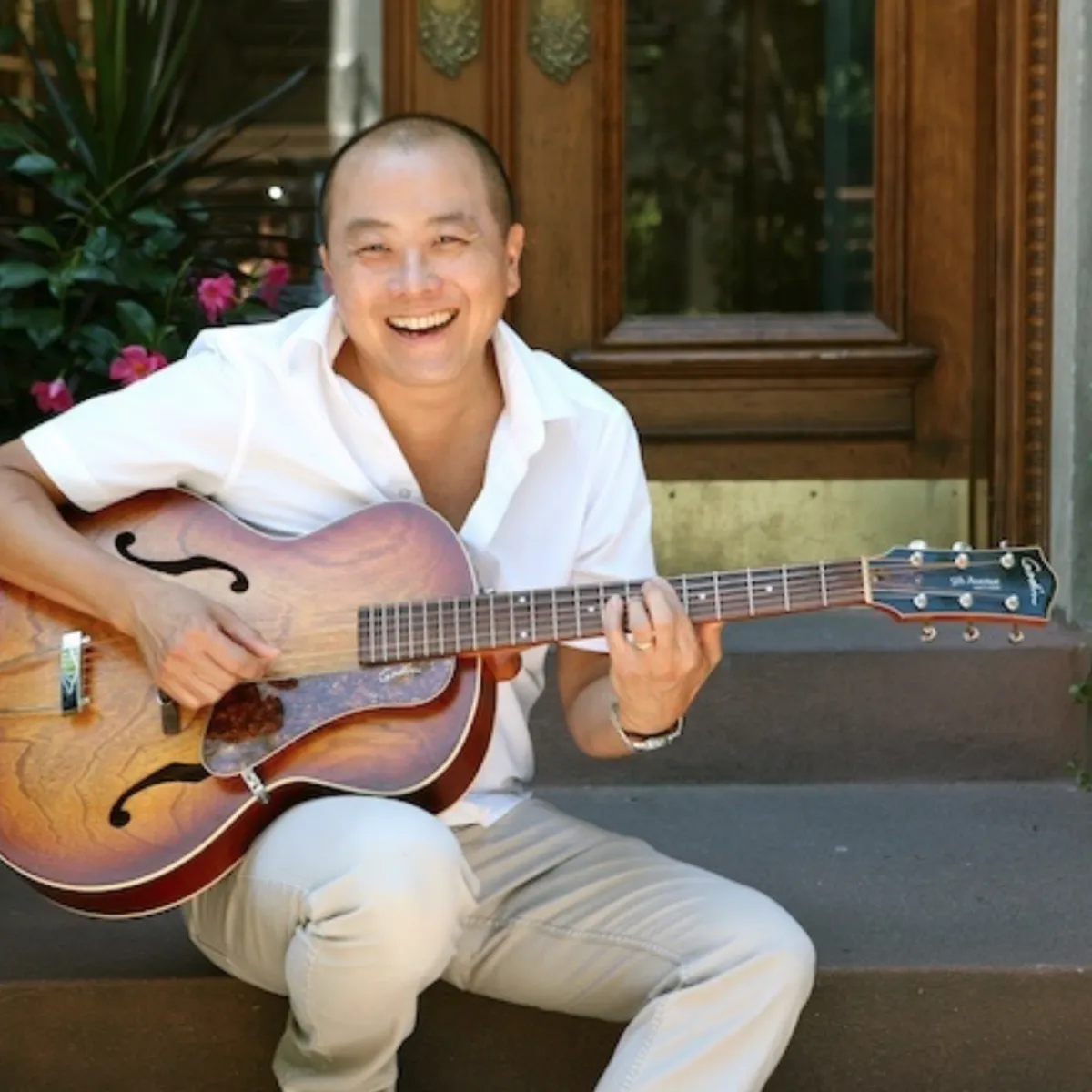
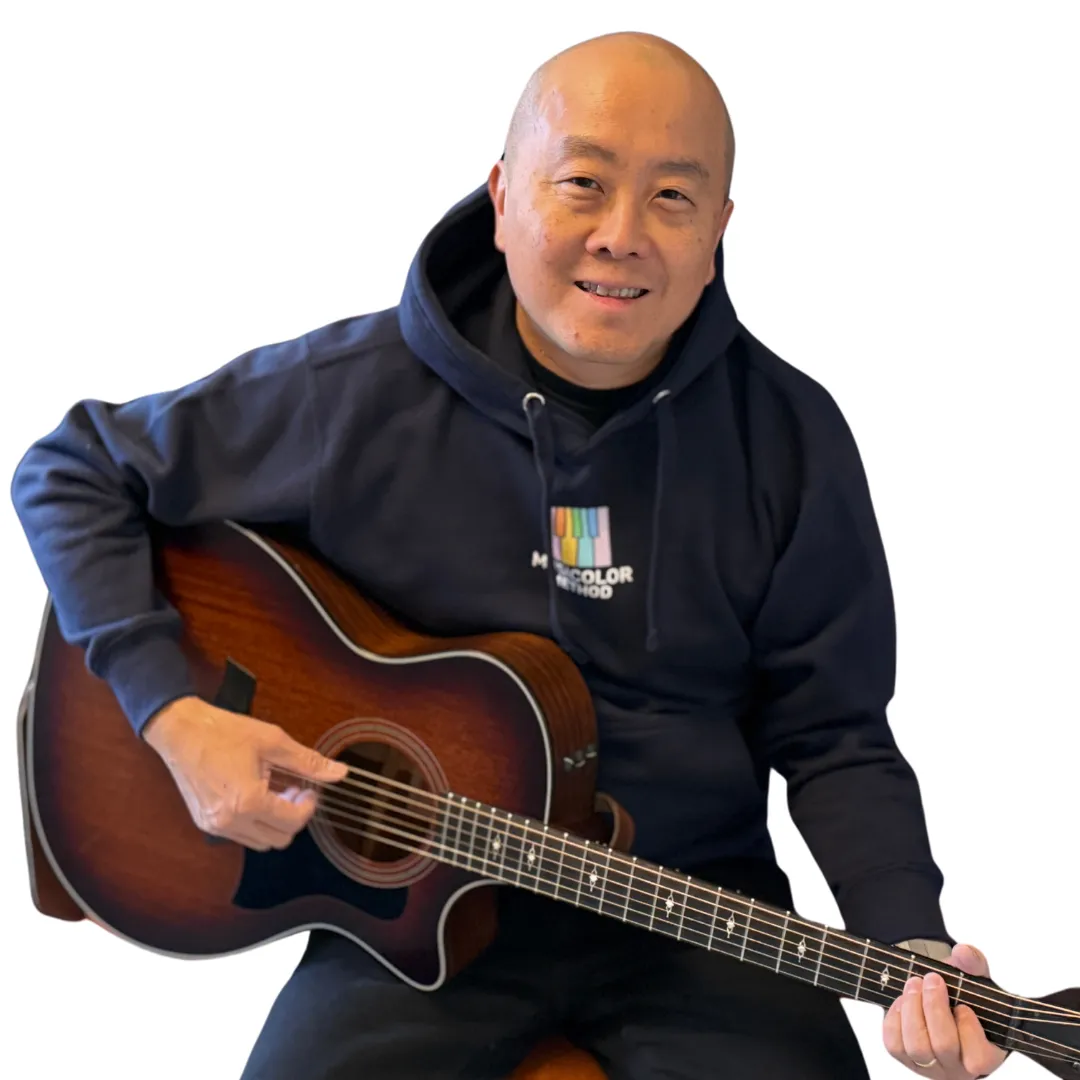
The Challenge
Back in college, I had been a Music Education major and even received a scholarship to NYU to become a teacher. But I’d never made it my career. Still, how hard could teaching my son be?
Turns out—it was very hard.
The traditional books and methods were designed for much older kids. It was like trying to teach grammar before you could even say “Hello!”
And then… more kids wanted in. Alejandro’s friends signed up for lessons too. I tried every popular method book, including Suzuki. But when parents couldn’t read music themselves, it all fell apart.
I needed something different.
The First Lightbulb
One day, I noticed Alejandro’s teacher using translucent colored tape to teach reading.
That was it. My epiphany.
What if I used color as a direct label for music? Children don’t need to learn abstract numbers or symbols first—every child already knows color.
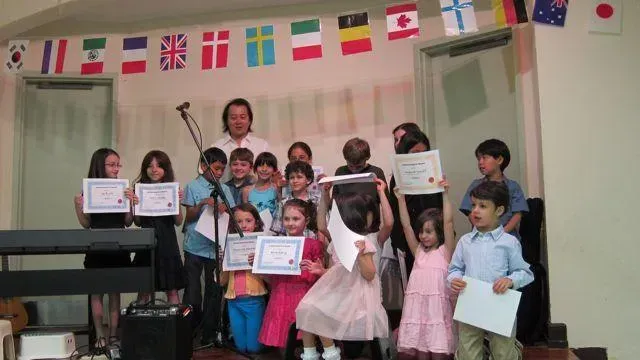
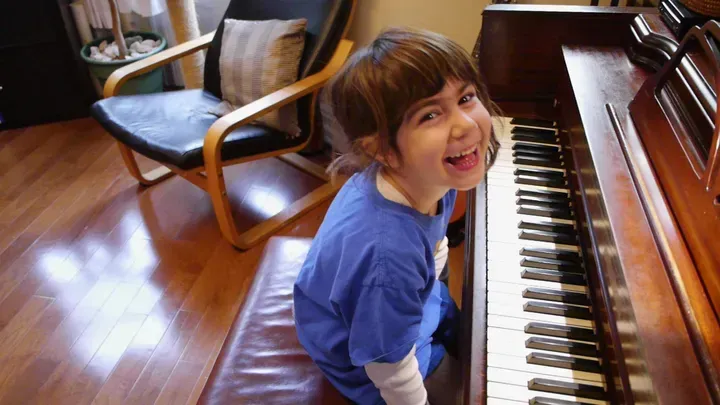
The Second Lightbulb
For over a decade, I had worked at the forefront of web design and information architecture. I co-founded a digital agency, led design teams, and solved complex communication problems for Fortune 500 clients.
As I sat at my desk flipping through old design books, it hit me:
Music notation is a design problem.
The audience—young children—wasn’t being served by traditional methods. Those books weren’t designed for preschoolers or early learners at all. No wonder teachers kept saying, “Come back later.”
So I began designing simplified, color-based notation. A system even preliterate kids could understand.
The Third Lightbulb
Another idea sparked when I remembered something I’d studied in financial markets: the Fibonacci sequence.
This mathematical pattern, found in shells, flowers, galaxies, and stock prices, also describes how things grow—naturally, spiraling outward from a seed.
I realized this applied perfectly to learning.
Music education should grow like a spiral—starting small, then expanding naturally in scope and complexity. When we teach out of order, children feel confused, overwhelmed, or frustrated. When we honor the growth spiral, learning feels natural and joyful.
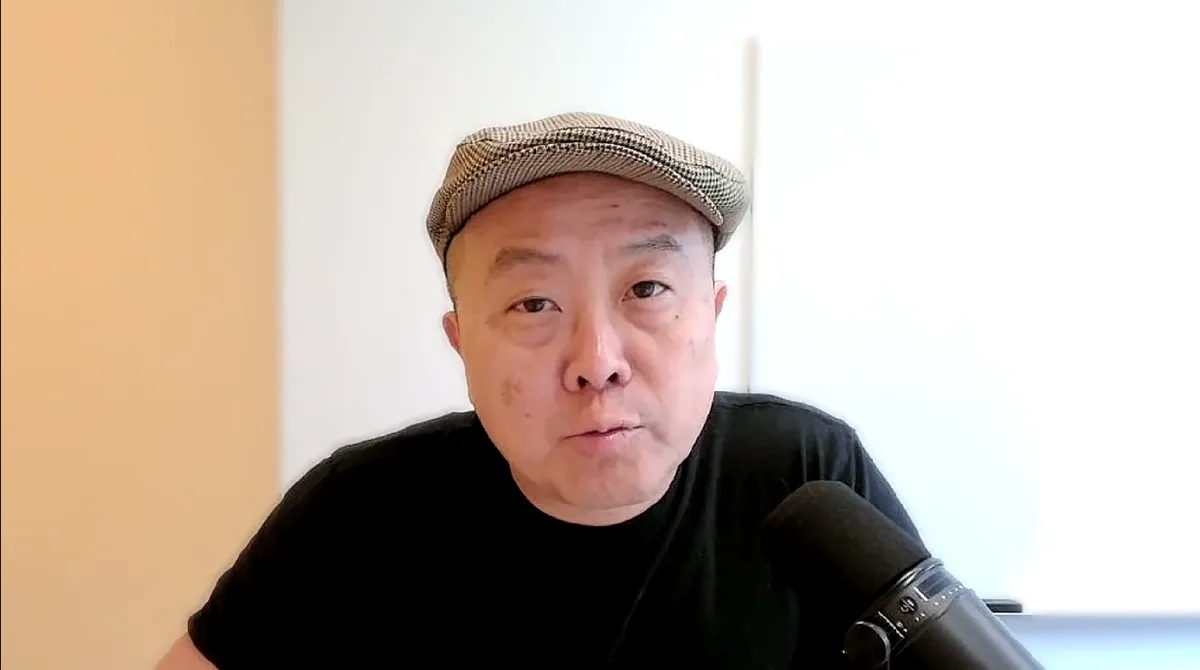
And That’s How the Musicolor Method Began
What started as a frustrated dad trying to help his son became the beginning of the History of Musicolor Method—a whole new way of teaching music, rooted in color, design thinking, and the natural growth spiral of learning.
Today, that little experiment has grown into the Musicolor Method NYC—a proven way to help children fall in love with music while building confidence, focus, and a lifelong joy of learning.
From first notes to full melodies, our unique approach has helped thousands of children thrive through fun, engaging music lessons in NYC—nurturing creativity, focus, and a true love for music.
And, Alejandro, my first student, is a successful graduate of the NYC public school system. He’s a senior at Brown University, exploring his passion for urban planning and architecture. And yes, he still plays and sings… every day.
I didn’t set out to start a music school. I didn’t set out to invent a new music curriculum.
I just wanted to be a good Dad.
Thanks for reading this Story Behind Musicolor Method NYC—the journey that began with a simple idea and grew into a transformative approach to teaching music.
Andrew Ingkavet
Brooklyn, NY
USA

Ready to Spark Your Child’s Musical Journey?
Join the Musicolor Method NYC and let your child discover the joy of learning music in a fun and creative way.
COMPANY
Directory
FOLLOW US
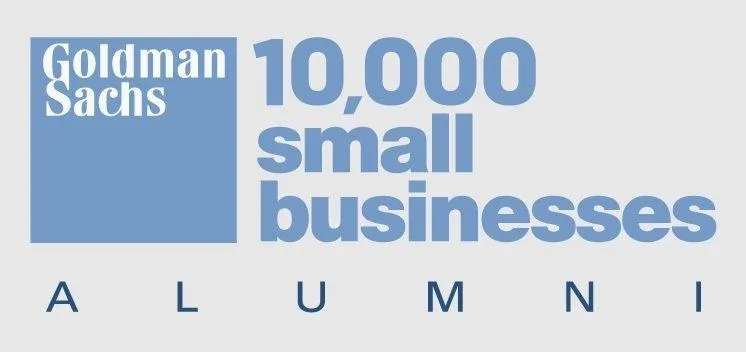
Family-owned and minority-owned business proudly led by a Goldman Sachs 10,000 Small Businesses alumnus
© 2007 - 2025 - 300 Monks, LLC, dba as Musicolor Method. All rights reserved. Unauthorized use prohibited.
Privacy Policy


